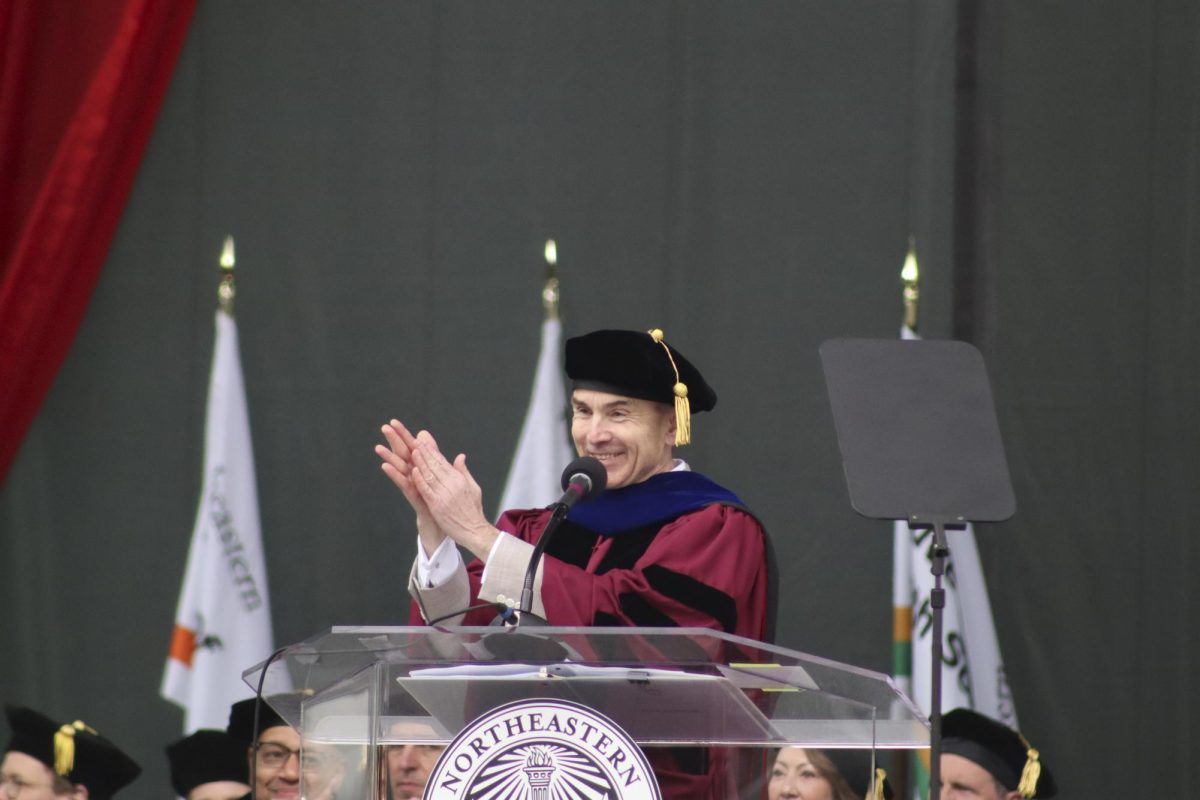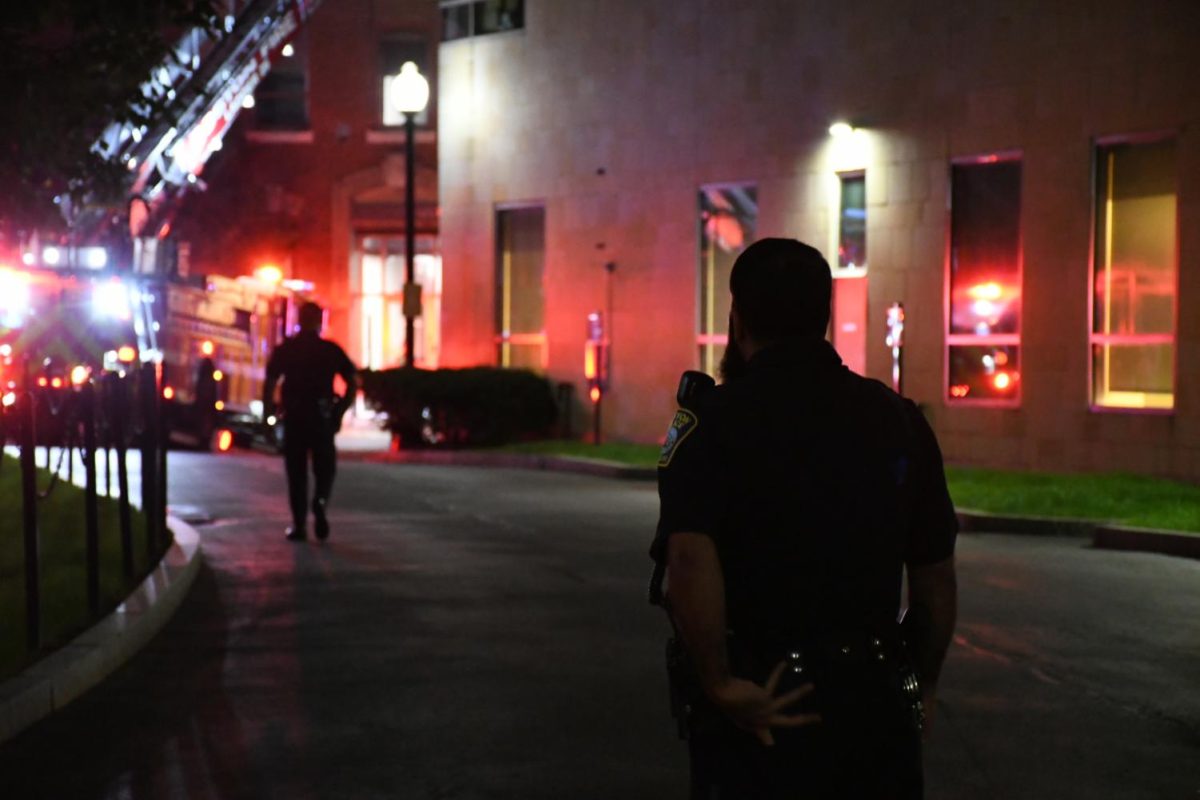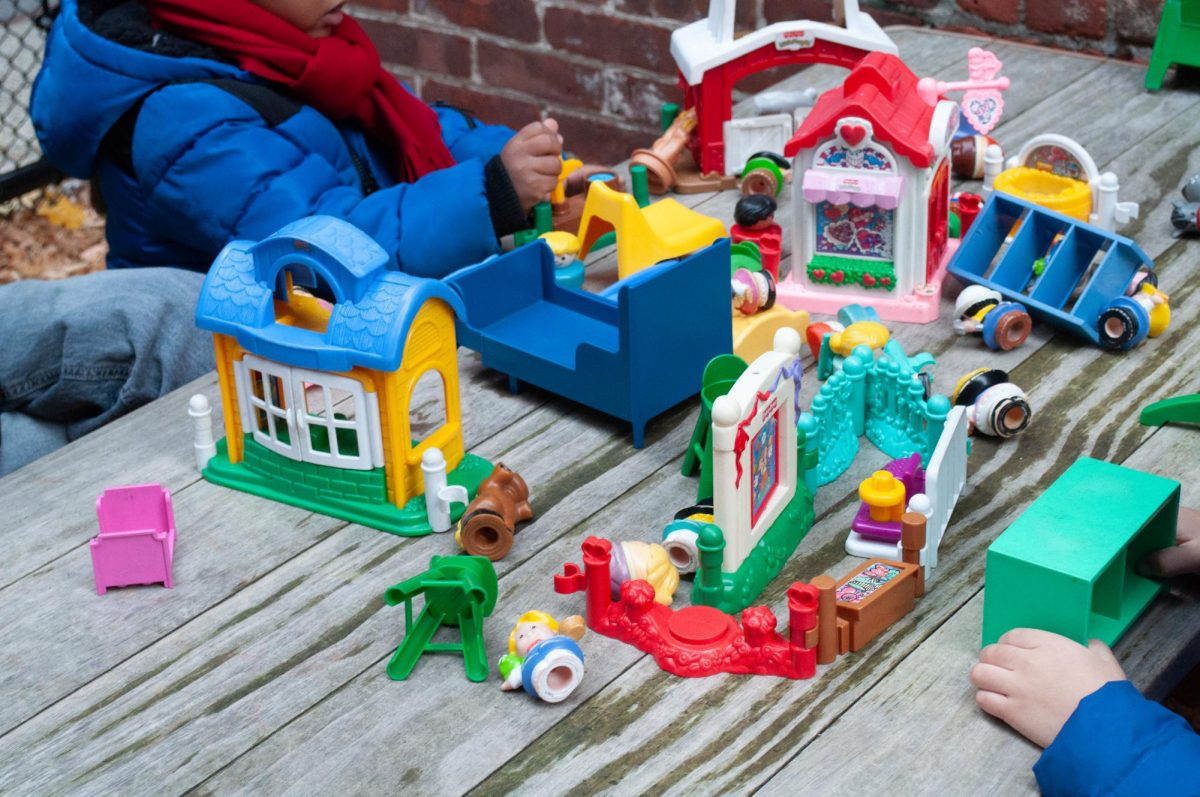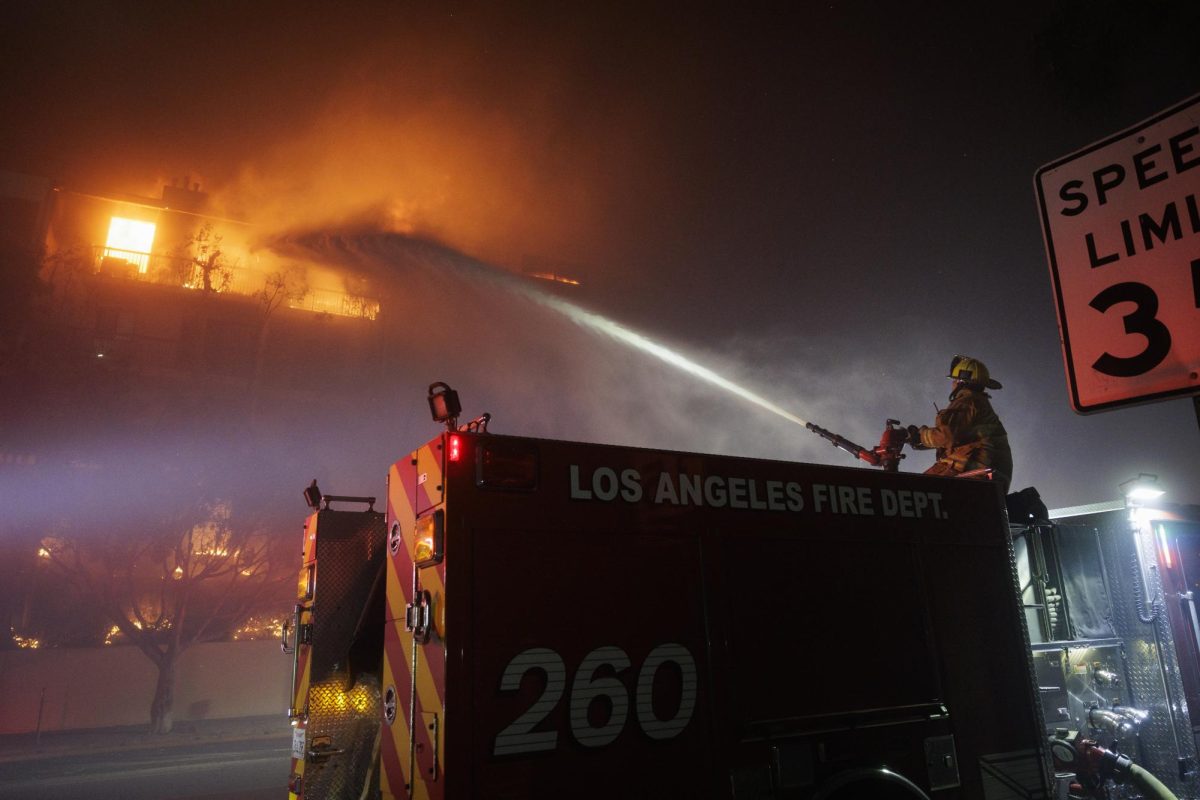by Bill Shaner, News Staff
The university will increase tuition to $36,811, a 2.5 percent net increase, for the 2010-2011 academic year, as announced by members of the senior administration last Wednesday.
The increase, which is due in large part to an $11.3 million increase to undergraduate financial aid, is the lowest in 50 years, said Senior Vice President of Enrollment and Student Life Philomena Mantella.
The increase in financial aid effectively cuts what would have been a 4.1 percent tuition increase to a 2.5 net tuition percent increase because the added aid will offset the added tuition burden.
The financial aid package contains a “change in circumstances” policy, which will allot more financial aid to students whose families’ incomes see a significant drop.
With the increase in tuition, room and board will increase by an average of 3 to 4 percent, as will graduate school tuition rates.
Jack McCarthy, senior vice president of administration and finance, said that the rate of room and board increase varies from location to location. And the graduate school rate increase will vary from program to program.
“I mean, it’s good that it’s the lowest increase in 50 years, but that’s still a significant increase when you think about it,” said Desiree Fernandes, a freshman theater major. “And it’s not cheap to be here.”
Among talk of operating budget and endowment figures, Mantella and McCarthy announced several budget changes that will more directly affect students.
As of next year, all four floors of Snell Library will stay open for 24 hours.
“I like that,” said Emre Alioglu, a senior industrial engineering major. “That should have been done a long time ago.”
Another area the university is attempting to improve is the online ticket software system. The current system does not have the capability to print remotely, and does not have “adequate resources to support ticketing,” Mantella said.
“The objective here is to select a system that has all that functionality,” she said. A new system has yet to be chosen.
Mantella said they are pushing to make the West End (Curry Student Center’s food court) meal-swipe accessible, though that has not been finalized. They are also planning to extend the hours of the Levine Marketplace under the Stetson East residence hall, pending the success of a pilot test running now.
“That would be fantastic,” said freshman theater major Hayley Perkins, referring to the use of meal swipes in the West End. “I don’t get many chances to go to the dining hall because I’m a theatre major, so I’m always in and out of theater, so if I could use my meals down in the Curry center, that would be awesome.”
Mantella also announced the university would review the architecture studio for renovation, which some students feel is needed.
“That sounds like a great idea,” said junior architecture major Dan Adams. “It normally leaks a lot when it rains.”
He said that, on top of addressing the physical condition of the studio, some of the equipment needs improving, including a printer that could produce 24-inch by 36-inch prints. Architecture students now need to use a third party, such as Kinkos, for larger prints.
But, university-wide printer use will improve with the addition of remote operated printing. Students will be able to send information from a remote location, then pick it up in Snell Library, Mantella said.
At the Student Government Association (SGA) meeting on Monday, some senators, including Matthew Soleyn, said they will attempt to get printers with print quota access implemented in residence halls.
Mantella also mentioned that two bike stations, where one pays a fee to rent a bike much like a Zip Car, will be implemented on the Northeastern campus as part of the Boston Bike Share program. There will be roughly 80 other stations in Boston.
On the academic side, the university will invest in 27 new tenure-track faculty positions and create eight new classrooms, most of them located in the YMCA on Huntington Avenue, Mantella said.








